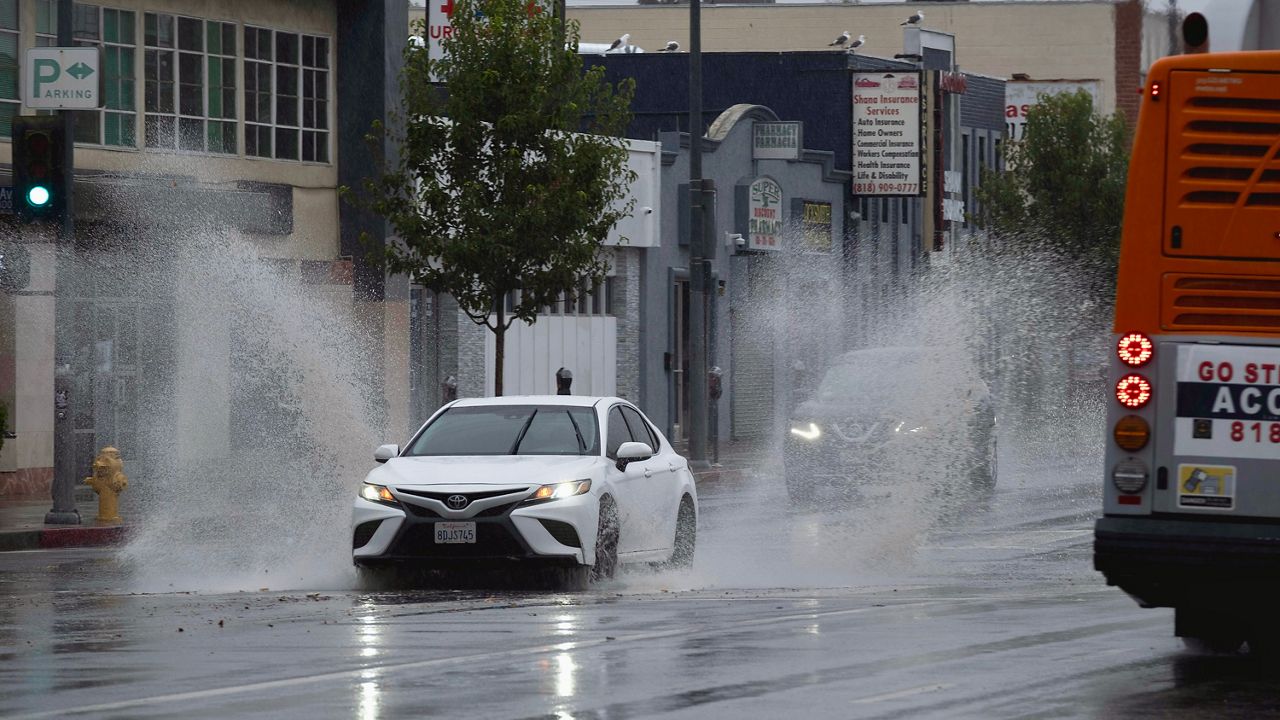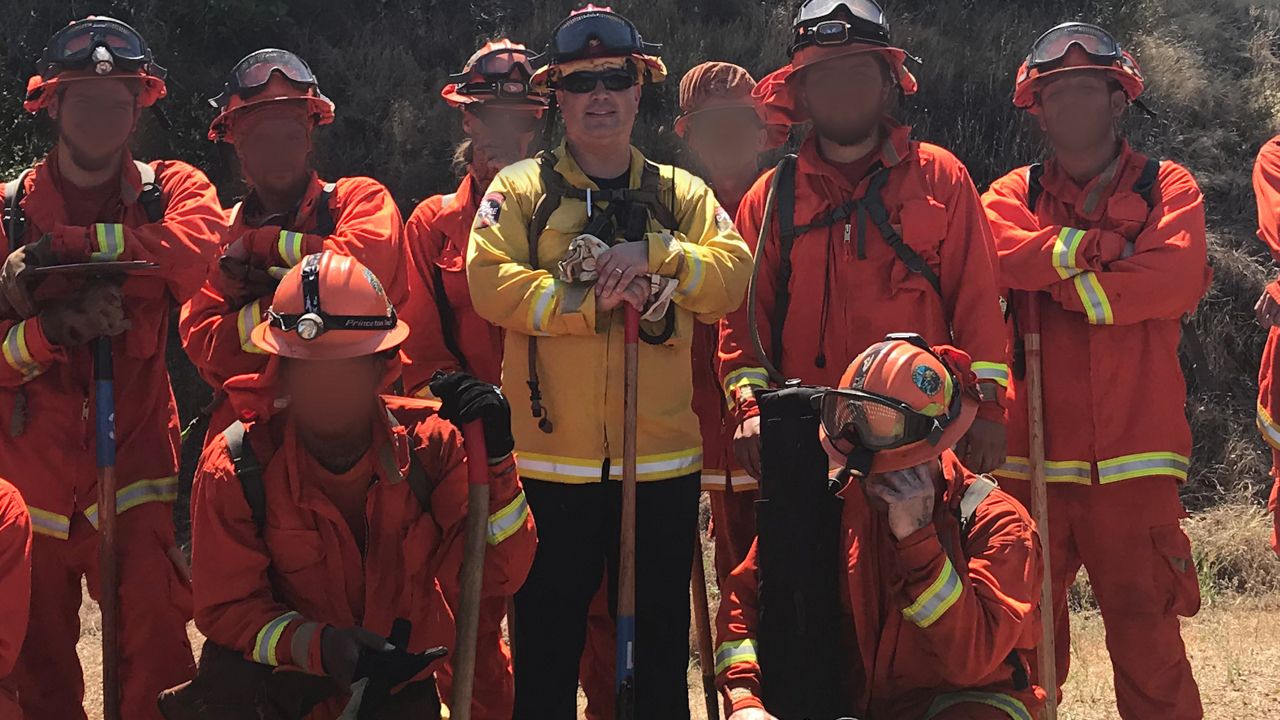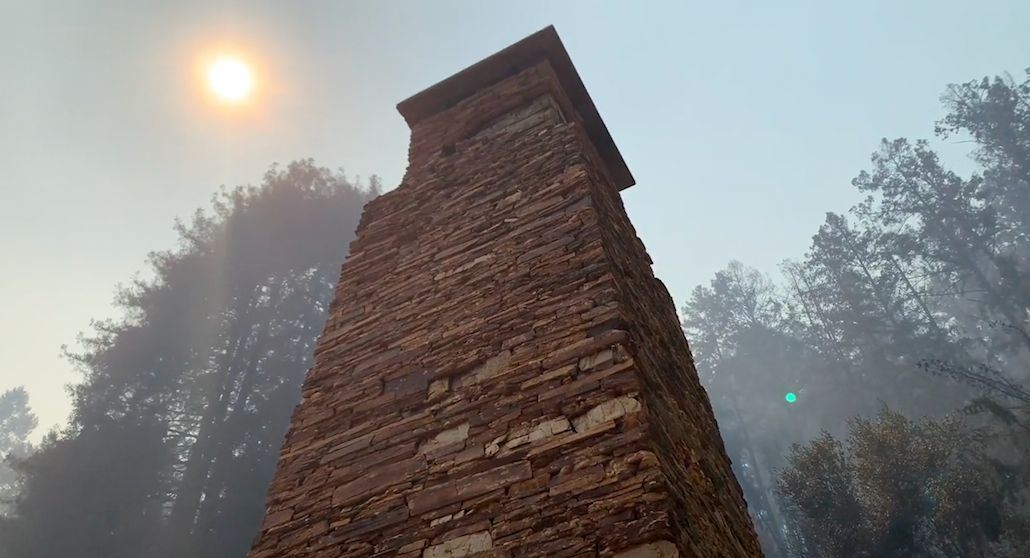SACRAMENTO, Calif. — As California plans to respond to strengthening El Niño conditions that could bring another wet winter to the state, the Department of Water Resources is preparing for storms that could pour as much as 22 inches of rain in the Los Angeles area. That’s about 7 inches more than an average year and 10 inches more than in times of drought, the DWR said Tuesday in a briefing about its plans for storing water and staving off floods during this year’s wet season.
Preparations for the 2024 water year, which began Oct. 1, come on the heels of a year that was the sixth wettest on record as nine atmospheric rivers elevated precipitation levels to 153% of average and pushed snowpacks above 200% of average for the first time since 1983.
DWR Director Karla Nemeth called 2023 as close to “a miracle year as you can get” for both the amount of precipitation the state received between December and March and the mild weather that extended into the spring and summer, allowing the snowpack to stay frozen and delay running off until it was safer to do so. Still, several parts of the state flooded as systems to capture and store the water were insufficient.
Last year “certainly points us in the direction of lots more work to do to be ready with our existing infrastructure and for additional infrastructure that can move water in volume to these recharge areas,” Nemeth said.
The relentless storms of 2023 prompted unprecedented coordination between local, state and federal agencies to divert floodwaters from vulnerable areas and channel it toward water banks and groundwater storage facilities. As runoff exceeded the capacity of those systems, the state diverted floodwaters to farmlands. The DWR is now working with those lands to convert them into permanent recharge basins that spread out the water to replenish aquifers that remain depleted from years of drought.
Anticipating the state could see not just an El Niño but a Super El Niño that brings as much or even more rain this year than last season, the DWR is bolstering its capabilities. While forecasting models don’t allow the agency to see further than two or three weeks into the future, “We really look at the time between storms as that time where we have the opportunity to manage flows before the next event,” DWR Climatologist Michael Anderson said. “We really are going to focus this year on timing, pace and scale of the storms.”
In addition to the forecasts it receives from the National Oceanic Atmospheric Administration’s National Weather Service, the water agency is working with researchers from the Scripps Institution of Oceanography’s Center for Western Weather and Water Extremes, along with the U.S. Corps of Engineers, the U.S. Bureau of Reclamation and the U.S. Geological Survey, to better manage state and federal reservoirs.
Many of the 30 reservoirs the DWR’s State Water Project uses to provide drinking water to 27 million California residents are currently holding significantly more water than average because of last year’s deluge, though most remain far below capacity.
“Still, the number one operational priority is flood control,” said U.S. Bureau of Reclamation Central Valley Operations Officer Levi Johnson. Last year’s string of atmospheric rivers required fast-tracking flows out of some reservoirs to enable inflows from the rain. “Reclamation is ready to manage whatever meteorology and hydrology comes our way this water year.”
Anticipating that flood years will become more intense in the coming decades, the DWR is expanding its flood-fighting efforts this year. Before the water year began, the DWR provided flood fight training to 18 agencies, cities, reclamation districts and tribal partners in counties stretching from Del Norte in the northernmost part of the state through Fresno and into Riverside.
It also allocated $52 million for critical repairs in the Sacramento and San Joaquin Valley flood control areas and is working with local agencies to identify additional areas that may be eligible for federal funding.
As part of its flood-fighting efforts, the DWR has positioned more sandbags and miles of water diverters known as muscle walls at more locations. Last fall, the agency started the water year with 3.5 million sandbags and 4.1 miles of muscle wall at 49 locations. This year, it has 5.9 million sandbags and 5.6 miles of muscle wall at 64 locations.
The DWR will extend its flood-readiness message to the public later this month as part of California Flood Preparedness week. Taking place Oct. 21–28 with the slogan “Be aware, be prepared and take action,” water officials will spend the week encouraging residents to be aware of the flood risk in their communities and to know where their evacuation routes are located; to be prepared by having an emergency go bag that includes copies of important documents and needed medications; and to take action by immediately following evacuation orders issued by local authorities.







